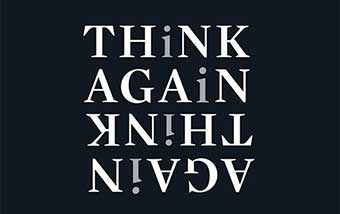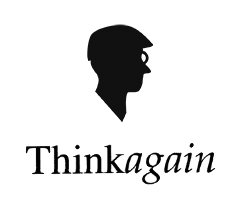Architecture Artist
“. . a building has to start in the unmeasurable aura and go through the measurable to be accomplished. . . . the only way to get it into being is through the measurable. . . . in the end when the building becomes part of living it evokes unmeasurable qualities.” Louis Kahn
Aesthetic creation invariably entails combined, patterned arrangements of essential elements, in spatial and temporal form, that evoke sensual and emotional and thoughtful experience. There arises, in some mysterious way, joy and meaning. People differ in their capacity for aesthetic enjoyment. There is music, visual art, sculpture, literature, drama, and even food. And there is place – architecture. Louis I. Kahn was an artist of architecture.
This small, strange man with a burn-scarred face practiced architecture in Philadelphia, and taught at the University of Pennsylvania. In the documentary film, My Architect, his son Nathaniel tells us his story. Louis Kahn had three separate families. . . simultaneously, . . .and he never owned or drove a car. He died a lonely, premature death in a Philadelphia train station.
In the early 2oth century, building materials – steel, glass, and other metals – became available in stronger and more diverse components, and this had a sudden and dramatic impact on the possibilities of architecture. These materials made possible a quick and easy facade design, with artificial size, space and suspension. The result was, well, . . . Modern . . . architecture: buildings that were new, dazzling, and original, but so quick and easy as to be able to hide structural methods and ignore thoughtful human purpose and scale – which they often then did.
Louis Kahn visited the ruins of ancient Egypt, and Greece, and Rome, and found inspiration. He saw in the ancient buildings that architecture could have “a sense of eternity, of timelessness, and of unchanging perfection.” He called this Monumentality. Buildings could have gravity, and architects could deliver more than just what seems needed: “Need comes from the known. Supply only what is lacking brings no lasting joy. Did the world need the 5th symphony before Beethoven wrote it?” “Give spaces as much nobility as possible, change corridors into galleries, lobbies into places of entrance”.
Above all, for Louis Kahn, buildings should reflect how they are made, and materials should be used in compliance with their natural character, revealing the methods of the builder. Support and weight should be visibly sensible. “No space is an architectural space unless it has natural light“. Architecture should enhance human community. He lost an early battle to keep the automobile out of central Philadelphia design.
At the Kimball Art Museum . . .the Salk Institute . . .the Bangladesh National Capital . . .the Fisher House, one can feel Louis Kahn’s enduring gift, a timeless aesthetic of space.
“the Bangladesh National Capital at Dhaka possesses a monumentality unlike anything to come before in the history of architecture – at once ancient and modern, literally hand-built largely of modest, locally produced materials, . . .its spaces are scaled to the highest aspirations of humanity.” Phaidon, Louis I. Kahn, Robert McCarter, 2005.










